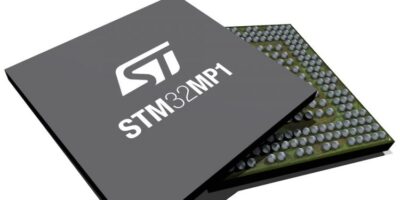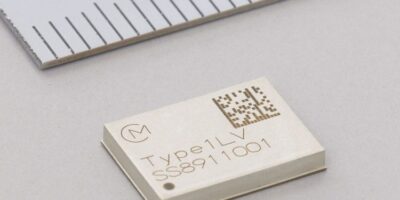At Computex in Taiwan this week, Arm has unveiled the latest Cortex CPU, a new Mali GPU. Based on a new architecture and a processor for machine learning.
The latest Cortex CPU, the Cortex-A77 improves instruction per cycle (IPC) performance by 20 per cent, compared with the Cortex-A76 for machine learning, augmented reality and virtual reality (ML, AR and VR).
The Arm Mali-G77 GPU is based on Valhall architecture and is intended for use in mobile devices to deliver graphics at increased efficiency, according to Arm. Microarchitecture enhancements including engine, texture pipes, and load store caches, which achieve 30 per cent better energy efficiency and 30 per cent more performance density. The Valhall architecture is claimed to deliver close to 40 per cent performance improvement compared with the Mali-G76 in devices today.
Arm also says that it boosts inference and neural net (NN) performance for ML and to deliver more immersive games for mobile apps.
A dedicated ML processor delivers up to five tera operations per second (TOPS) per W as part of Project Trillium. The ML processor and open-source Arm NN software framework was announced in 2018 and enhancements to the ML processor include more than double energy efficiency to 5TOPS/W, memory compression improved by up to a factor or three and scaling to peak next-generation performance up to eight cores for up to 32TOPS.






